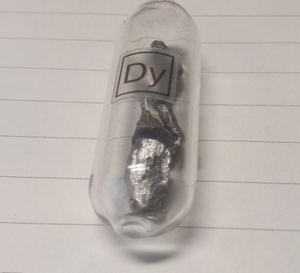Inorganic substances are a bunch of chemicals that contain no carbon. Inorganic Chemicals are most copious in nature and are the idea for several important industries. Created naturally, synthetically, and industrially, inorganic chemicals are fields of semiconductors, pigmentation, coating and surfactants, fuel, medicine, and chemical production. They type helpful acids, bases and inert materials utilized for his or her specific attributes like physical phenomenon, catalysis, and reactive chemistry.
The term “inorganic” refers generally to compounds that don’t contain each carbon and H. whereas materials like minerals and metals work tidily into this definition, there are many inorganic compounds within which a nonmetallic or metal is warranted with carbon. These are called organometallic compounds.
The top twenty inorganic chemicals
- Aluminum sulfate
- Ammonia
- Ammonium nitrate
- Ammonium sulfate
- Carbon black
- Chlorine
- Hydrochloric acid
- Hydrogen
- Hydrogen peroxide
- Nitric acid
- Nitrogen
- Oxygen
- Phosphoric acid
- Sodium carbonate
- Sodium salt
- Sodium hydroxide
- Sodium salt
- Sodium sulfate
- Sulfuric acid
- Titanium oxide
All of those chemicals and compounds have applications in each facet of the chemical industry-including catalysts, pigments, surfactants, coatings, medicine, fuel, and agriculture. The industry’s product is used as basic chemicals for industrial processes (e.g., acids, bases, salts, oxidizing agents, gases, halogens), chemical additives (pigments, alkali metals, colors), and finished product (fertilizers, glass, construction materials).
The difference between organic and inorganic substances
The terms “Organic” and “Inorganic” will invoke pictures of living versus dead things. Apparently, organic and chemistry once were divided by this distinction. but, this can be now not true. whereas organic compounds are to blame for life, several aren’t attached to living organisms. In addition, several inorganic compounds are crucial to life.
As an example, organisms cannot live while not water, salt, acids, bases, vitamins, minerals, and alternative inorganic compounds at work inside our bodies. greenhouse emission is AN compound free by the body, despite its obvious carbonaceous composition.
The chemistry covers compounds that are supported by carbon and H combos, and should or might not contain chemical elements. chemistry deals with all the opposite elements of the tabular array. although AN compound might contain either H or carbon, containing each typically makes it organic. It deals with way fewer compounds. chemistry covers roughly 0.5 1,000,000 well-known compounds.
Inorganic Chemicals trade
Inorganic chemicals are carbon-based mostly. Typically, they’re of mineral origin. The chemicals made by this trade are intermediate products that are used as inputs in industrial and producing processes. The inorganic chemicals trade consists of 2 segments–basic inorganic chemicals and alcalescent chemicals.
The chemicals in every phase are:

Basic Inorganic Chemicals – Al halide – carbide – lampblack – salt – salt – oxide – Red Phosphorus
Alkali chemicals – washing soda – hydrated oxide – Liquid halogen
The Chlor-Alkali trade is a vast part of the planet’s economy. In essence, saltwater (brine, NaCl) is split through electrolysis to get hydrated oxide (Sodium Hydroxide, NaOH), halogen gas (Cl2) and H (H2) gas. halogen (Cl2) is made at the positive conductor (anode); H (H2) and caustic soda (NaOH, caustic) are made at the negative conductor (cathode). These 3 materials are feedstocks for the assembly of bleach, vinyl, and a number of an alternative product, together with washing soda (Sodium Carbonate, Na2CO3)
Basic Inorganic Compounds
Inorganic synthesis, the method of synthesizing inorganic chemical compounds, is employed to supply several basic inorganic chemical compounds.
These compounds are widely employed in several applications, together with electroplating, dye and preciseness casting, alcohol distillation, and craft. sulfur dioxide and sulfites are inorganic chemicals used as preservatives. Inorganic compounds are used as feed additives, pesticides, wood preservatives, and antiseptics.


